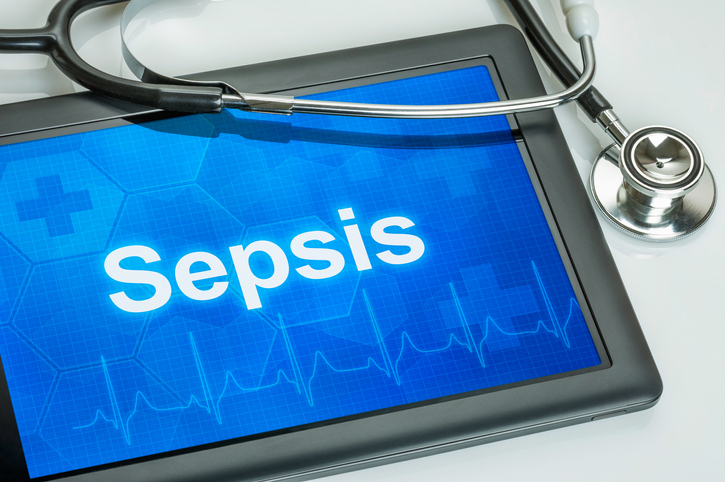Stay Ahead of Sepsis
It's an Urgent, Life-Threatening Medical Emergency

Sepsis is a medical emergency, and its symptoms must be treated rapidly to reduce the risk of death. We are encouraging everyone to learn the signs of sepsis. Here’s what you need to know.

What is Sepsis?
Sepsis is the body’s overwhelming and life-threatening response to infection, which can lead to tissue damage, organ failure, and death. Any infection can trigger sepsis, which then causes a chain reaction within the body.
What are the Signs of Sepsis?
The signs of sepsis can be remembered with the mnemonic “TIME,” which stands for “Temperature,” “Infection,” “Mental decline,” and “Extremely ill.” According to the Centers for Disease Control and Prevention, the warning signs of sepsis are varied, but can include:
- Confusion or disorientation
- Shortness of breath
- High heart rate
- Fever, shivering, or feeling very cold
- Extreme pain or discomfort
- Clammy or sweaty skin
- Feels abnormally cold to touch
- Looks mottled, bluish, or has very pale skin
- Has a rash that does not fade when pressed
- Is breathing very fast
- Has a convulsion
- Is very lethargic or difficult to wake
Additionally, for a child under 5 years who:
- Is not drinking or feeding
- Is vomiting repeatedly
- Has not urinated in 12 hours
Who is at Risk for Sepsis?
Certain people are at higher risk for sepsis, including:
- Adults 65 and older
- People with weakened immune systems
- People with chronic conditions such as diabetes, lung disease, cancer, and kidney disease
- Children under the age of one
Just how Serious is Sepsis?
Sepsis is a public health crisis, yet fewer than half of Americans have heard the term “sepsis.” Here are some more staggering statistics, according to the Sepsis Alliance.

In the United States each year:
- More than 1.7 million people are diagnosed with sepsis.
- Sepsis takes a life every two minutes.
- 270,000 people die from sepsis, which is more than those opioid overdoses, breast cancer, and prostate cancer combined.
- More than 75,000 children develop severe sepsis and 6,800 of those children die, more than from pediatric cancers.
The Importance of Time
Sepsis is an urgent medical emergency and time is of the essence. For every hour treatment is delayed, the risk of death increases by as much as 8%. As many as 80% of sepsis deaths could be prevented with early detection and treatment.
How Can I Prevent Sepsis?
This video from the CDC explains four ways to get ahead of sepsis:
What if I Suspect Sepsis?
If you or someone you love exhibits a combination of the symptoms above and you suspect sepsis, see a doctor right away, call 911, or go to your local hospital. It’s important to look for a combination of the warning signs of sepsis. Spotting these symptoms early, along with rapid diagnosis and treatment, and could save a life.
For more information about sepsis, visit the Sepsis Alliance.